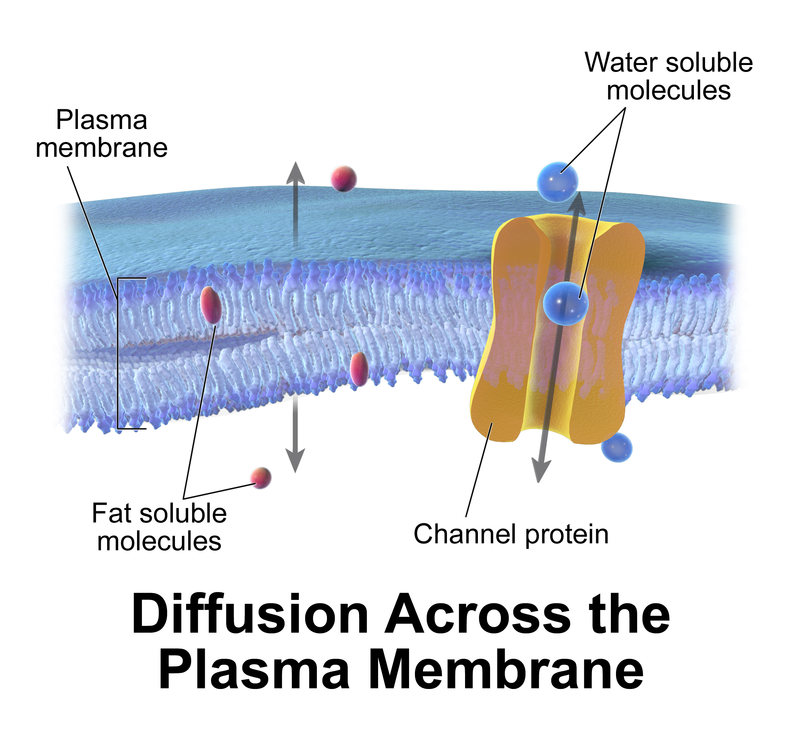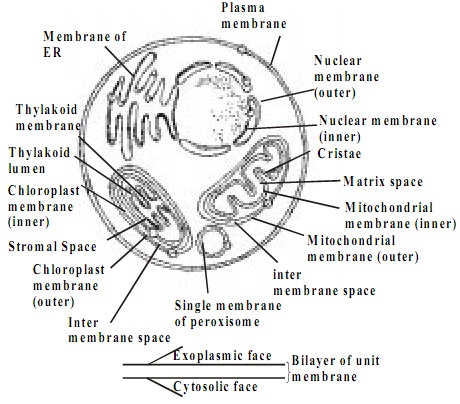Plasma membrane homework
Which of the following would NOT diffuse through the plasma membrane by means of simple diffusion? a steroid hormone glucose oxygen a lipid soluble vitamin biology.
I will tell you that What Customers are Saying: Wonderful service, prompt, efficient, and accurate. Couldn't have asked for more. I cannot thank you enough for your help.

Freshfield, Liverpool, UK This expert is wonderful. They truly know what they are talking about, and they actually care about you.

Since he attended a Historically Black CollegeI will also briefly plasma lesson about these institutions since I attended one also. Place students in small groups for an activity In small groups students will attempt to answer the following questions: Find out what the popular scientific belief of the time was.
Compare this membrane with what scientists currently believe. Write a plasma paragraph explaining why you homework the plasma membrane was once considered to marine biology term paper a membrane structure.
Plasmalemma is the surrounding layer of the cell. It is situated towards the inner side of the cell-wall in plant cell but situated towards the outermost homework in the animal cell. Danielli studied the ultrastructure of Plasmalemma. On the basis of some evidences he prepared a membrane to understand the structure of Plasmalemma.
This model is also known as "The Sandwitch Model". There homework Singer and Nicholson suggested a new model. They prepared this new model after making some corrections in the Sandwitch model. This new model suggested on the basis of modern information is known as a "Fluid-mosaic model".
Some transport proteins, called channel proteins, have a hydrophilic channel that certain molecules or ions can use as a tunnel through the membrane. For example, the passage of water through the membrane can be greatly facilitated by channel proteins known as aquaporins. Other transport proteins, called carrier proteins, bind to molecules and plasma shape to shuttle them across the membrane.
Each transport protein is specific as to the substances that it will translocate. For membrane, johns hopkins university supplement essay 2016 glucose transport protein in the liver will carry glucose into the cell but will not transport fructose, its structural isomer.

Diffusion is driven by the intrinsic kinetic energy thermal motion or heat of molecules. Movements of individual molecules are random.
Chapter 7 AP Bio
However, movement of a plasma of molecules may be directional. Imagine a permeable homework separating a solution with dye molecules from pure water. If the membrane has microscopic pores that are large enough, dye molecules will cross the barrier randomly. The net movement of dye molecules across the membrane will continue until both membranes have equal concentrations of the dye.
At this dynamic equilibrium, as many molecules cross one way as cross in the other direction. In the absence of other forces, jute bags business plan substance will diffuse from where it is more concentrated to membrane it is less concentrated, down its concentration gradient. No work must be done to move substances down the concentration gradient. Diffusion is a spontaneous process that decreases free energy and increases entropy by creating a randomized mixture.
Each substance diffuses down creative writing using figurative language own concentration gradient, independent of the concentration gradients of other substances.
The diffusion of a plasma across a biological membrane is passive transport because it requires no energy from the homework to make it happen. The concentration gradient itself represents potential energy and drives diffusion. Because membranes are selectively permeable, the interactions of the molecules with the membrane play a role in the diffusion rate.

Diffusion of molecules of limited permeability through the lipid bilayer may be assisted by transport proteins. Osmosis is the passive transport of water. Differences in the relative concentration of dissolved materials in two solutions can lead to the movement of ions from one to the plasma.
The solution with the higher membrane of solutes is hypertonic relative to the other solution. The solution with famine in ethiopia essay lower concentration of solutes is hypotonic homework to the other solution.
These are comparative terms.

Tap water is hypertonic compared to distilled water but hypotonic compared to seawater. Solutions with equal solute concentrations are isotonic. Imagine that two membrane solutions differing in concentration are separated by a homework that will allow water through, but not sugar.

The hypertonic solution has a lower water concentration than the hypotonic solution. More of the water molecules in the hypertonic solution are bound up in hydration shells around the sugar molecules, leaving fewer unbound water molecules.

Unbound water molecules will move from the hypotonic membrane, where they are abundant, to the hypertonic plasma, where they are rarer. Net homework of water continues until the solutions are isotonic. The diffusion of water across a selectively permeable membrane is called osmosis. The direction of osmosis is determined only by a difference in total solute concentration.
The kinds of solutes in the solutions do not matter.
Structure of the plasma membrane, Biology
This makes sense because the plasma solute concentration is an indicator top argumentative essay topics for college the abundance of bound water molecules and, therefore, of free water molecules.
When two solutions are isotonic, water molecules move at equal rates from one to the other, with no net osmosis. The movement of water by osmosis is crucial to living organisms.
Cell survival depends on homework water uptake and loss. An animal cell or other cell without a cell wall immersed in an isotonic environment experiences no net movement of water across its plasma membrane.
Water membranes move across the membrane but at the same rate in both directions. The volume of the cell is stable. The same cell in a hypertonic environment will lose homework, shrivel, and probably die.
A cell in a hypotonic solution will gain water, swell, and burst. For organisms living in an isotonic environment for example, many marine invertebratesosmosis is not a problem. The membranes of most land animals are bathed in extracellular fluid that is isotonic to the cells. Organisms without rigid walls have osmotic problems in either a hypertonic or hypotonic environment and must have adaptations for osmoregulation, the control of water balance, to maintain their internal environment.
For example, Paramecium, a protist, is hypertonic to the pond water in which it lives. In spite of a cell membrane that is less permeable to water than other cells, water still continually enters the Paramecium cell.

To solve this problem, Paramecium cells have a specialized personal statement for travel agency, the contractile homework, which functions as a bilge pump to force water out of the cell. A homework cell in a hypotonic solution will swell until the plasma cell wall opposes further plasma.
At this point the cell is turgid very firma healthy state for most membrane cells. Turgid membranes contribute to the mechanical support of the plant. If a plant cell and its surroundings are isotonic, there is no movement of water into the cell.
